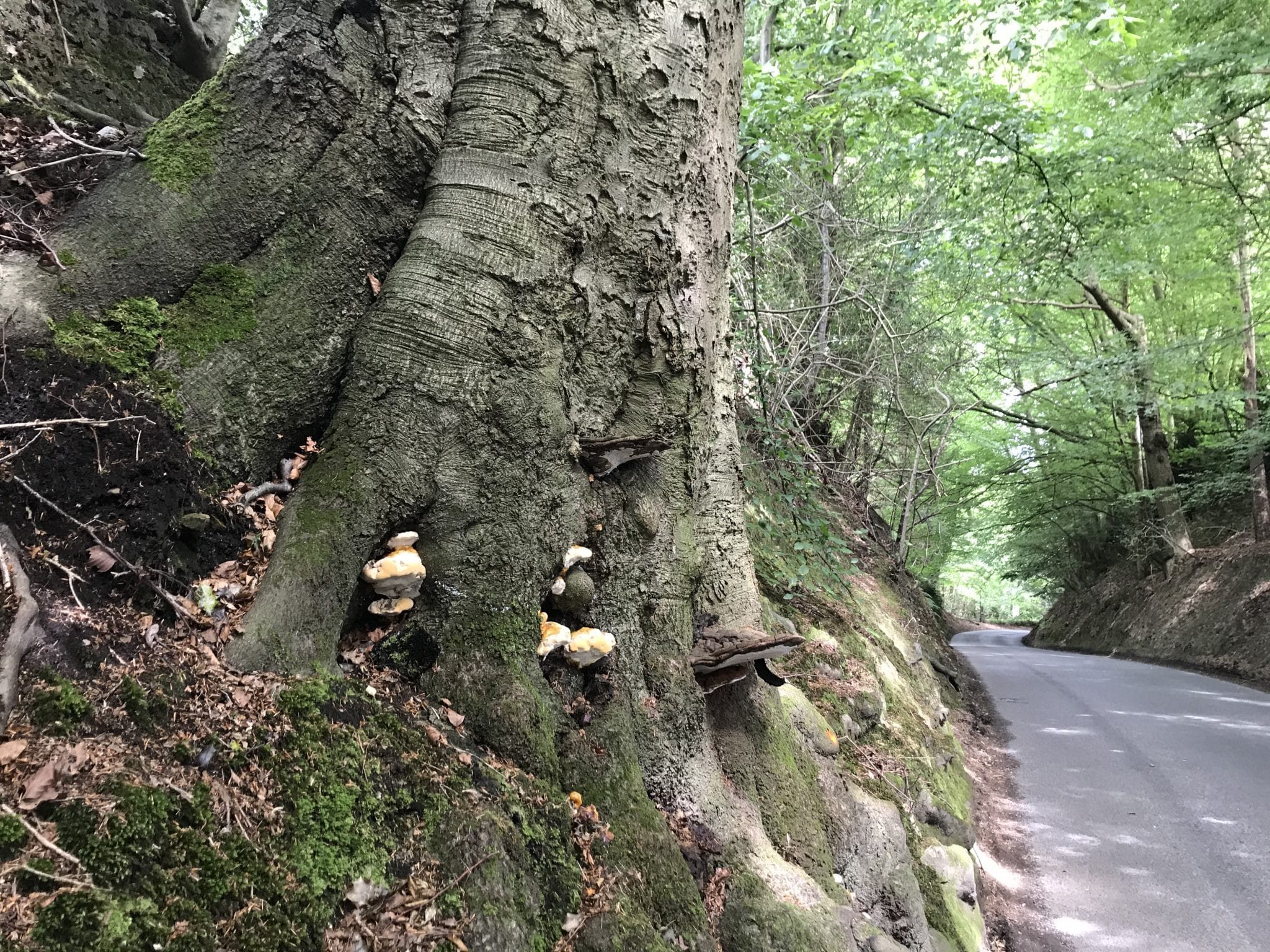A Visual Tree Assessment or VTA is always the first stage in the assessment process. The VTA needs to be carried out by an experienced Arboriculturist prior to any advanced diagnostic assessment. If significant decay is suspected within the structure of a tree, a more in-depth inspection maybe recommended.
When is Advanced Tree Decay Detection Required?
Advanced Tree Assessments may be specified for a number of reasons, from:
- Monitoring rates of tree decay to
- Informing tree work specifications
Our Advanced Tree Assessment Techniques
Connick Tree Consultancy offers two forms of advanced decay detection:
- Sonic Tomography and
- Resistance Micro Drilling
The results are used to better inform the decision-making process by our trained and experienced Arboricultural Consultants.
Sonic Tomography is sometimes referred to as ‘Picus testing,’ although this is a brand of sonic tomograph akin to using the term ‘Hoover’ for all vacuum cleaner brands.
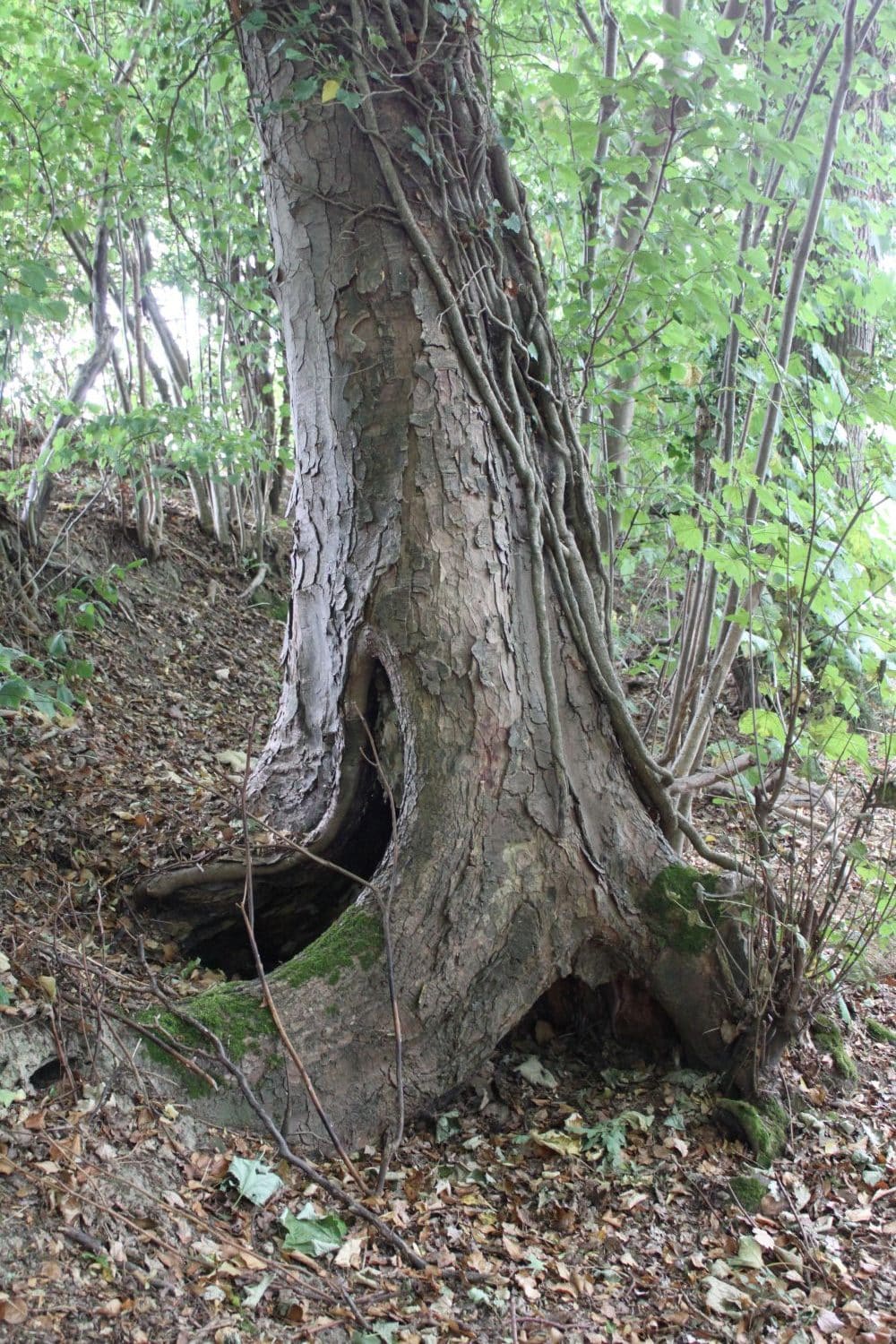
Sonic Tomography Tree Assessment
Tree Assessment Process Overview:
Multiple sonic microsensors are attached around the tree stem or branch. We own 32 of these sensors with a basic user requirement for 16. The more sensors in use, the more accurate the mapping produced.
Sensor spacings require precise measurements, so for this Bluetooth Callipers are used to accurately measure the irregular tree trunk shape. The sensors are linked via computer with the tomograph software, set for the correct tree species.
A sound wave is produced at each sensor and the software records the amount of time the sound takes to travel to all the sensors. Sound travels more quickly through dense wood and more slowly through soft wood.
The data is checked and a coloured image of the assessed section of tree is produce in 2D, or 3D. The images represent microsecond differences in the speed of the sound wave. These images are analysed by the Arboricultural Consultant to assess the extent of tree decay and sound wood within the tree assessment profile.
The software Connick Tree Consultancy uses goes beyond the industry standard.
Reporting Includes:
Biomechanical calculations are included for every tree report. These are used to calculate a safety factor for the assessed layer. This calculation is not only based upon the sonic tree assessment but incorporates other relevant factors including the height of the tree, the crown area, lean angle of the stem and prevailing wind.
The system provides valuable information for an Arboricultural Consultant to make better informed decisions and recommendations in relation to the trees physical condition.
Sonic Tomography is considered non-invasive tree decay detection.
When is a Sonic Tomograph Tree Inspection Needed?
All trees are important, some higher regarded than others, and meaning different things to different people.
Any tree that has a significant landscape, cultural, historical or personal value may warrant a Sonic Tomograph to help inform decisions for their future tree safety and management.


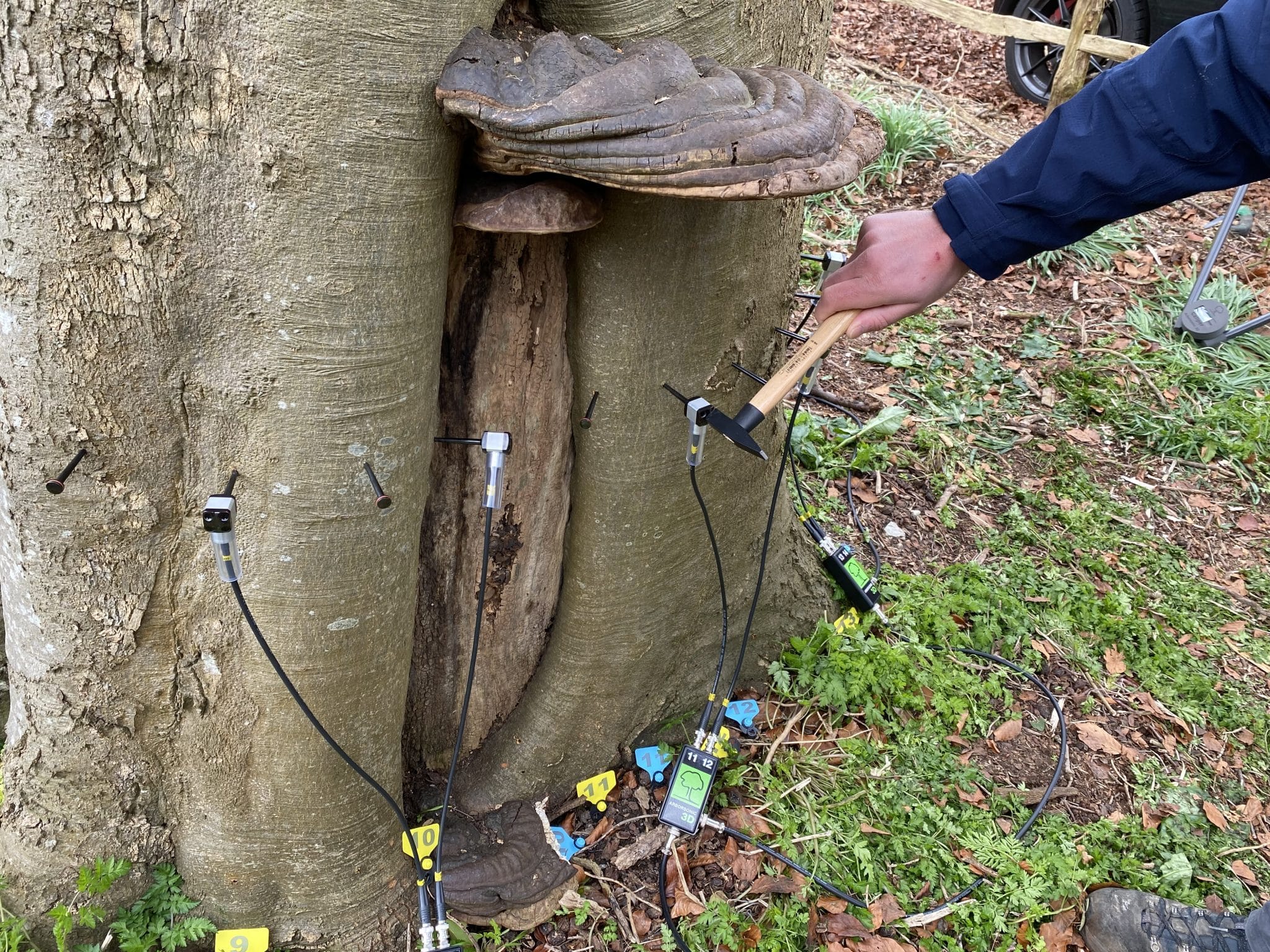


Microdrill Tree Assessment
This type of tree assessment may also be known as a Resistodrill. For this we use the IML-Resi Power drill 400.
Tree Assessment Process Overview:
Our specialist device inserts a 2-3mm diameter needle drill of stainless steel into the tree stem or branch up to a depth of 400mm.
The needle is driven at a known force and speed programmed by the user to be applicable for the wood density of the tree species. The needle encounters less resistance where wood is softer and greater resistance where wood is harder.
The results are formatted into a linear graph which can be analysed by the Arboricultural Consultant to assess the potential for decayed rather than sound wood at a known depth at the assessment point.
Micro drilling is considered invasive tree decay detection as it breaches cell walls within wood. Industry opinion differs as to whether it causes significant harm to the tree or not; currently the little available evidence is inconclusive.
When is a Microdrill Tree Inspection Needed?
More frequently in recent years we use the Microdrill as a final reference to confirm that any sonic tomography assessments that lead to a recommendation to remove a tree are correct. The first two references are the expert Visual Tree Assessment and the Sonic Tomography Assessment.
Due to the more invasive nature of the microdrill and limited tree assessment area, Sonic Tomography is generally the preferred method of tree assessment. There are certain cases where Sonic Tomography has limitations and Microdrill tree assessments may be chosen such as potential subterranean tree decay or buttress tree root decay, which can be drilled at a 45-degree angle and tree assessments of species prone to natural internal cracking, which can distort the tomograph readings.
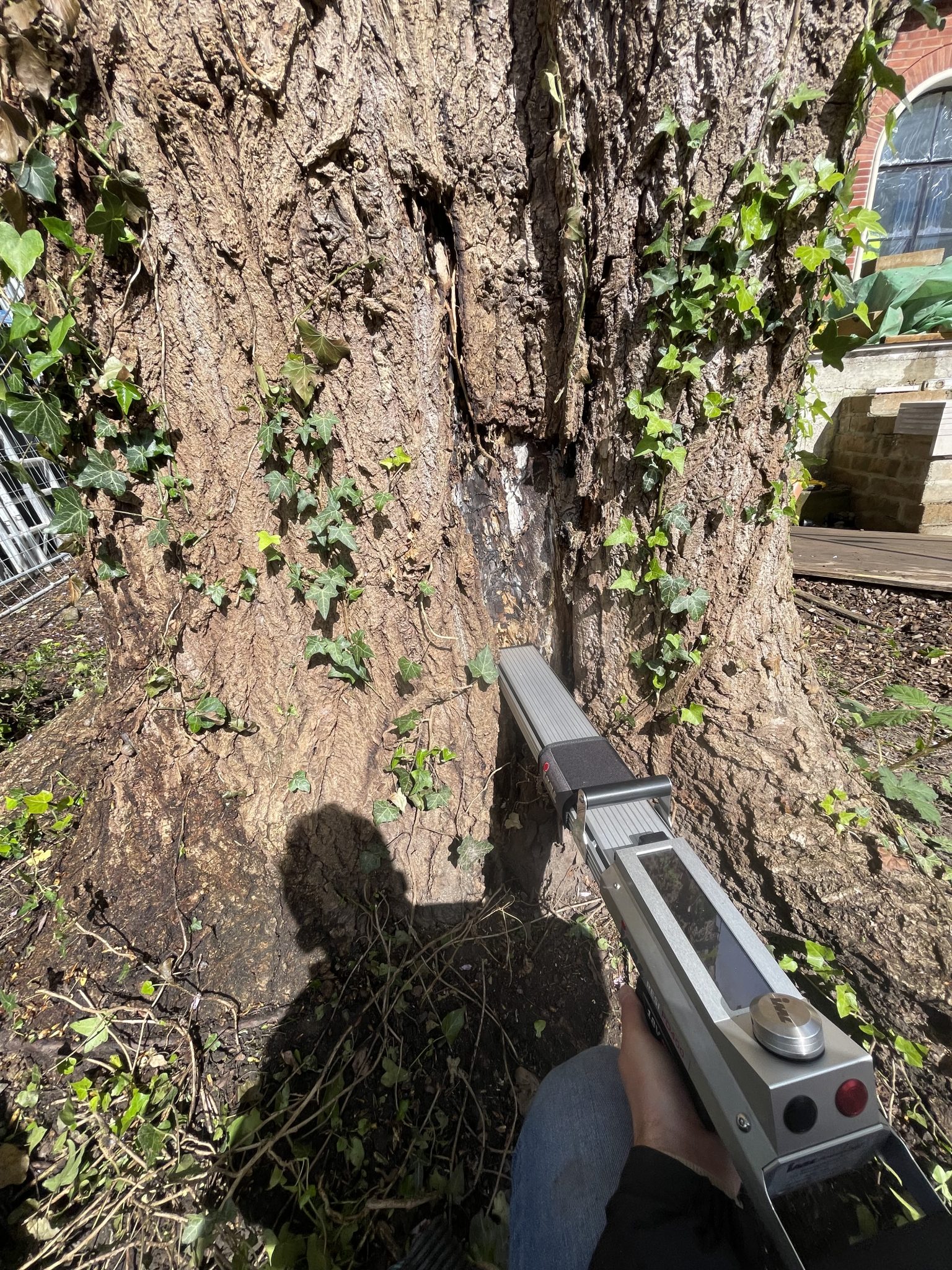

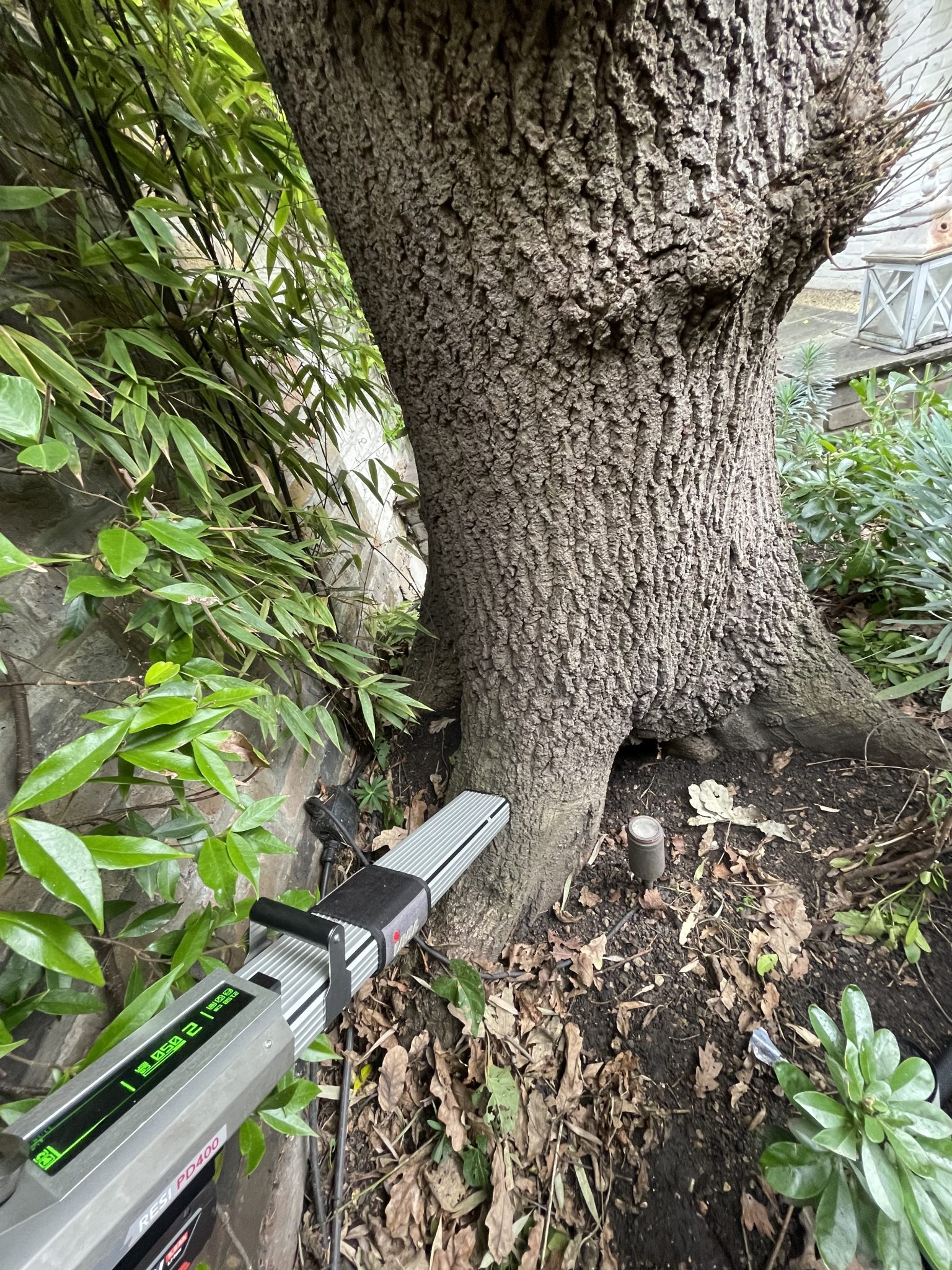

Our Approach to Decay-Detected Trees
Many significant and important trees within our landscapes have been lost unnecessarily. Removed by over cautious, inexperienced surveyors or through a lack of understanding surrounding the decay process and a species resilience.
Why Trust Connick Tree Consultancy
At Connick Tree Consultancy (CTC) we are committed to the preservation and retention of trees where possible. The greater the amount of information gathered on an individual tree, the more informed the decision making process is.
- Our conclusions are always based upon the best information available to us at the time.
- We have invested in state-of-the art equipment.
- We constantly question and review concepts, which allows us to keep up to date.
- Through publications and industry standard courses, we continuously enhance our knowledge and experience to ensure we make informed decisions.
- We understand that trees are dynamic, constantly changing and that their condition relates to our actions and the environment around them.
All our consultants have worked with trees throughout their careers. They have a wealth of experience dealing with trees, both practically and academically. This experience is crucial in combination with scientific assessments to determine correct outcomes.




